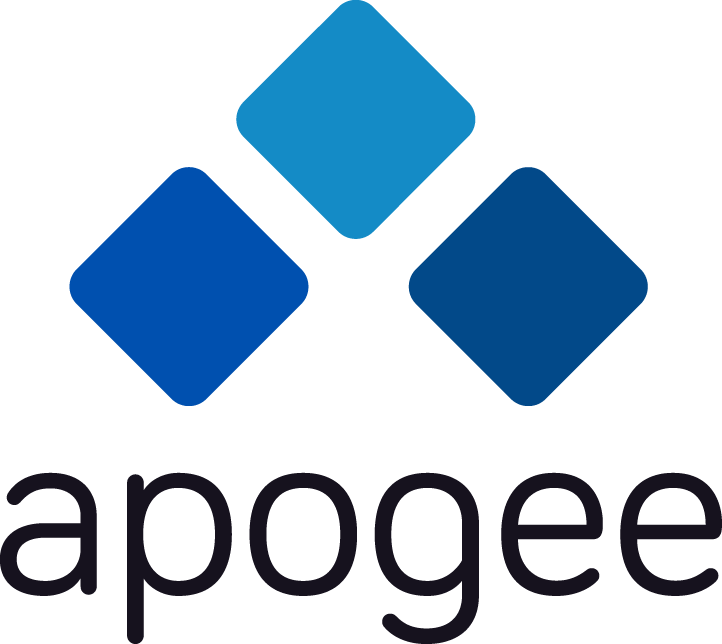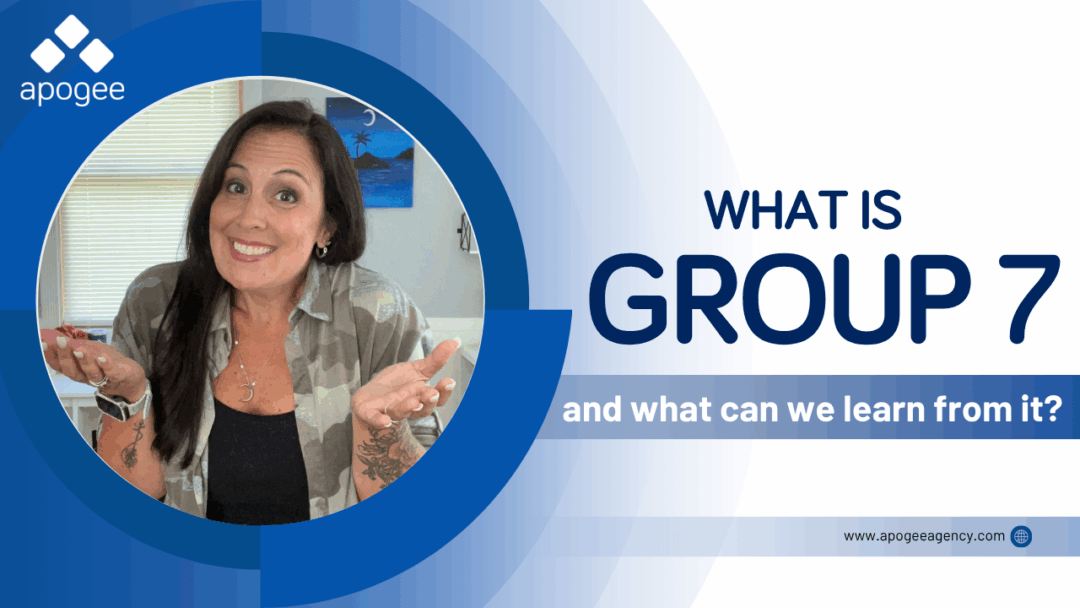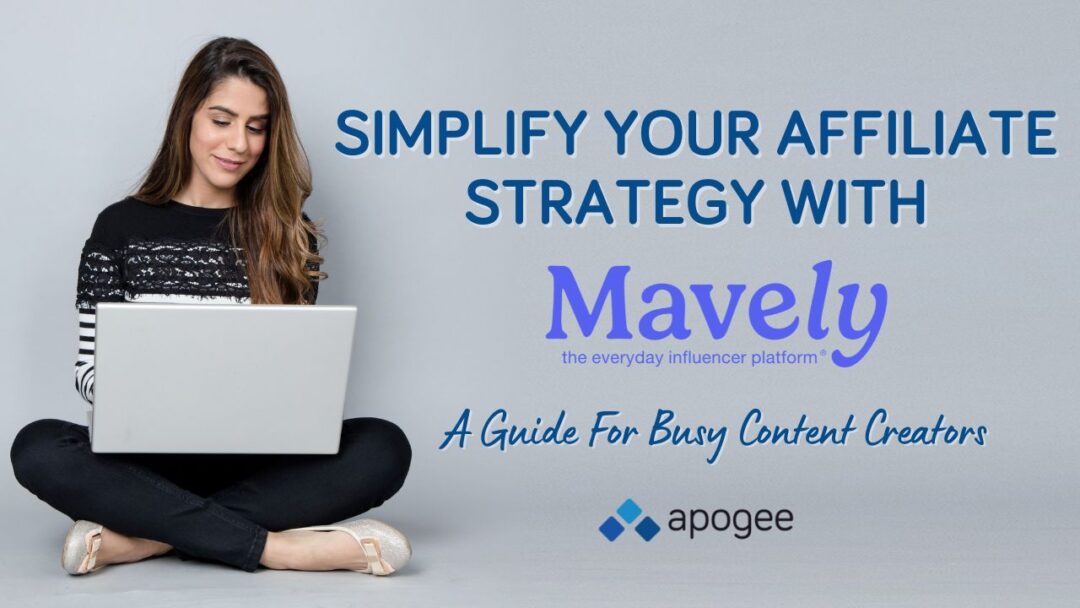
Holiday Preparation for Merchants: Q4 is Won in Q3
June 22, 2016
Does Affiliate Marketing Work? The Effects of Unrealistic Expectations
September 26, 2016By now you may have heard at least a little about ShareASale Conversion Lines technology. We mentioned it most recently in our new client announcements and every client newsletter that went out in August had two paragraphs about it. Maybe you saw some industry connections talking about them on Facebook, or on Twitter. We at Apogee are big believers in the power of attribution rules, and today, I'm going to teach you a bit of how it works to make the landscape more fair for everyone.
ShareASale Conversion Lines: The Basics
You know how an affiliate transaction works already: a visitor to a website clicks an affiliate link, the visitor bounces through the affiliate network (ShareASale, in this case) where the click is recorded, then ends up on the merchant’s website. Should that person make a purchase, the affiliate receives a commission paid by the merchant through the network. Most frequently, the last affiliate to be involved in the clickstream is credited with the full commission. If the customer visits Affiliate A on Monday and clicks the affiliate link, but then visits Affiliate B on Tuesday and clicks their affiliate link, Affiliate B gets the commission on the resulting sale.
Well, not anymore.
Conversion Lines allow for the examination of everyone involved in the clickstream – every affiliate – and for the portioning of a commission between multiple affiliates. When the transaction occurs, ShareASale examines the tracking pixel (ideally, the Advanced tracking pixel, which is standard for Apogee-managed merchants). The tracking pixel, combined with ShareASale's cookie in the user's browser, paints a picture of how many affiliates were involved in the sales process from beginning to end and how much influence each one had.
Picture Conversion Lines as lines in a script. Each line in this script is a question. “Does this transaction meet this condition?” If the condition for that line if met, an action takes place. A commission is generated, for example. If the condition is not met, then we go to the next line in the script and check that condition. The system determines the final commission only after all the lines have been checked.
At Apogee, we do this because we believe in fair attribution. We find balance between content creators who work to attract quality customers for our clients and coupon affiliates who provide some value at the end of the sales process.
What This Means to You
In a program with a 10% default commission, the merchant does not want to pay more than 10% on any one transaction. Our rules, the Conversion Lines, need to ensure this. So, we keep it very simple. ShareASale has a method by which we tag affiliates. Using these tags, we write a pair of Conversion Lines that say:
“Is the first affiliate in the clickstream defined as a content producer? Is the closing affiliate a coupon affiliate? If the answer is yes to both, set the coupon affiliate commission to 2% and set the content producer’s commission to 8%. Pay them both.”
It’s a little more technical than that in the management interface, but you get the idea. What does this mean for you, an affiliate?
If you’re a content producer – and that’s most of you, since we work with only a handful of coupon sites – your conversion will increase. Instead of losing sales completely to a last minute coupon affiliate, you will be getting 80% of your normal commission.
If you are a coupon affiliate – and again, if you’re reading this, you’re probably not one – your commissions will go down because you will start sharing some commissions with content producers.
To be clear: we encourage every affiliate to promote our clients’ coupons! You are not a “coupon affiliate” simply because you promote a code. Those that build an entire business model on sharing codes are what we call “coupon affiliates”. And if you are still concerned that you might be in the wrong basket, please ask. We’ll be happy to put your mind at ease.
But That’s Not All
ShareASale Conversion Lines handle much more than just commission splitting. When a transaction occurs, every primary line (that doesn’t include a terminator) is evaluated for possible commission generation. These can be used to segregate affiliates or groups of affiliates into their own channel, essentially creating a program-within-a-program. And then each of those primary lines can have child lines, which are evaluated when the parent line is successful.
Conversion Lines can exclude late clicks, segregate channels, commission differently based on “new customer” vs “existing customer” data, and much more. Every conversion line represents a path toward a commission for one or more affiliates. We at Apogee will keep you up to date with any further rules we implement with our clients, and if you still have questions, please ask. ShareASale Conversion Lines is a bit of a dense subject, and we’re happy to clear up any confusion.




